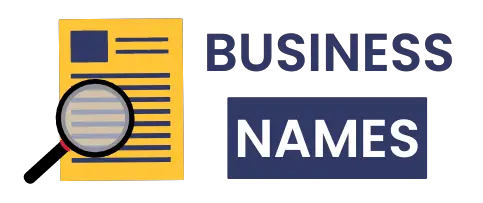At 21, most people focus on landing their first real job, but few realize that the financial decisions they make in their twenties can cost—or save—them hundreds of thousands of dollars.
Right now, you might be making minimum payments on credit cards while interest compounds, missing out on your employer’s 401(k) match, or watching lifestyle inflation devour every raise you get.
Without an emergency fund, unexpected expenses force you into high-interest debt. The wealthy follow specific money management rules that most people never learn. In this guide, you’ll discover 17 proven financial rules backed by data that could save you $250,000+ through compound interest and smart money management.
17 Financial Rules
You just turned 21. You’re legally an adult, but nobody taught you how to handle money. Your parents? They did their best. School? They taught you calculus but not how a credit card works.
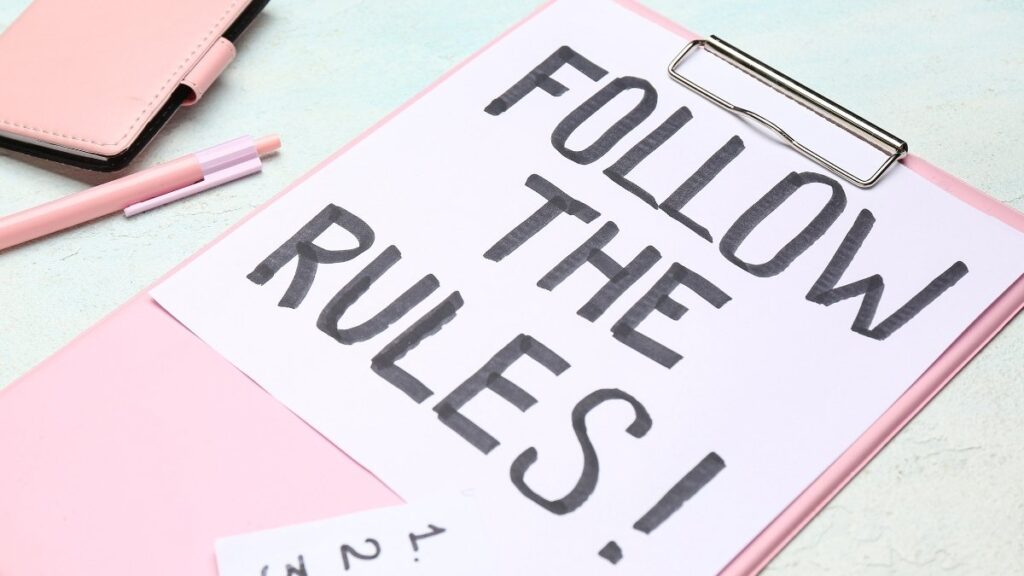
Here’s the truth: the money decisions you make right now will follow you for decades. Get them right, and you’ll build serious wealth. Get them wrong, and you’ll spend your 30s fixing mistakes you made in your 20s.
This isn’t theory. These 17 rules could literally save you $250,000 or more over your lifetime. Some will make you money. Others will stop you from losing it. All of them work.
Let’s fix your financial future.
Rule 1: Capture Every Dollar of Your Employer’s 401(k) Match
Your employer wants to give you free money. Most people say no.
More than 85% of companies with 401(k) plans offer an employer match. That means they’ll add money to your retirement account if you do. The average match in 2025 sits between 4% and 6% of your salary.

Here’s how it usually works: Your company puts in a dollar for every dollar you contribute, up to 3% of your pay. Then they add 50 cents for every dollar you put in for the next 2%. You contribute 5% of your salary, they give you 4%. That’s an instant 80% return on your investment.
💡 Money Tip: If you earn $50,000 and your employer matches 4%, that’s $2,000 of free money every year. Over 40 years with 7% returns, that match alone grows to $424,000. That’s nearly half a million dollars you got just for saying yes.
Missing your employer match is like turning down a raise. You worked for that money. Take it. The 2025 contribution limit is $23,500 for employee deferrals, but you don’t need to max it out. Just get the full match.
Start with enough to get 100% of the match. Then increase by 1% every time you get a raise.
💡 Action Step: Log into your payroll system today. Find the 401(k) section. Set your contribution to whatever percentage gets you the full match. This takes 5 minutes and could be worth $400,000.
Rule 2: Understand the Rule of 72—Your Money’s Doubling Time
You need to know one simple math trick. It tells you exactly how long until your money doubles.

Take the number 72. Divide it by your expected return rate. That’s how many years until your money doubles. At 7% returns, your money doubles in about 10 years. At 8%, it takes 9 years.
This works because of compound interest. You earn returns on your money. Then you earn returns on those returns. It’s like a snowball rolling downhill.
💡 Money Tip: Put $10,000 in an investment account at age 21 with 8% returns. At 30, you have $20,000. At 39, you have $40,000. At 48, you have $80,000. At 57, you have $160,000. At 66, you have $320,000. You didn’t add a single dollar after that first $10,000.
Time does the heavy lifting. Starting at 21 instead of 31 gives you multiple extra doubling periods. That’s the difference between retiring comfortable and retiring rich.
The Rule of 72 also works in reverse for bad things. Credit card debt at 18% APR doubles in 4 years. Inflation at 3% cuts your money’s buying power in half every 24 years.
💡 Quick Calculation: Saving $50 per week and investing it at 6% adds up to $63,000 over 15 years. That weekly coffee money could become a down payment on a house.
Rule 3: Build a $2,000 Emergency Fund First, Then 3-6 Months
Car breaks down. Dentist says you need a root canal. Your laptop dies. Life doesn’t care about your budget.

The median emergency fund in America is $500. That’s down from $600 last year. Half of Americans couldn’t cover a $1,000 emergency without using a credit card.
But people with at least $2,000 saved have 21% higher financial well-being scores. They sleep better. They stress less. They don’t panic when the check engine light comes on.
💡 Money Tip: In 2025, the average car repair costs $838. Without savings, this goes on a credit card at 22% APR. If you pay $50 per month on that balance, you’ll pay $262 in interest. The repair cost you $1,100 instead of $838.
Start small. Save $1,000 as fast as you can. Put it in a high-yield savings account you can’t access with your debit card. This is your “I won’t go into debt” fund.
Then build to $2,000. After that, aim for 3-6 months of essential expenses. Not all expenses—just rent, food, utilities, and minimum payments. If you need $2,500 per month to survive, you need $7,500 to $15,000.
💡 Reality Check: 55% of Americans have three months of expenses saved. But 30% couldn’t cover three months by any means—even by selling stuff or borrowing. Don’t be in that 30%.
Think of your emergency fund as insurance you pay yourself. When something bad happens, you’re covered.
Rule 4: Never Carry a Credit Card Balance—Pay in Full Monthly
Credit cards are useful tools. They build credit. They offer rewards. They protect your purchases. But only if you use them right.

Americans owe $1.209 trillion on credit cards as of mid-2025. The average APR is 24.37%. That’s not a typo. Nearly one in four dollars you owe.
46% of cardholders carry a balance. Gen Z, millennials, and Gen X are adding to their balances faster than any other groups. They’re paying thousands in interest for things they’ve already consumed.
💡 Money Tip: A $5,000 balance at 22% APR costs you $1,100 per year in interest alone. That’s $1,100 you worked for, paid taxes on, and then handed to a bank. For nothing.
Here’s the really scary math: Carry $5,000 on a credit card from age 21 to 65 at 22% APR while making minimum payments. You’ll pay $48,400 in interest. That’s nearly 10 times what you borrowed.
Use credit cards for convenience and rewards. Pay the full statement balance every month. If you can’t pay it in full, you can’t afford it.
💡 Smart Move: Set up automatic payments for the full balance. You’ll never pay interest. You’ll never pay late fees. Your credit score will thank you.
Treat your credit card like a debit card. Only spend money you actually have. The rewards and credit building are bonuses, not reasons to spend money.
Rule 5: Follow the 50/30/20 Budget Rule
Budgeting sounds boring. You don’t want to track every coffee. Good news: you don’t have to.
The 50/30/20 rule is stupid simple. Take your after-tax income. Spend 50% on needs, 30% on wants, and save 20%. Done.
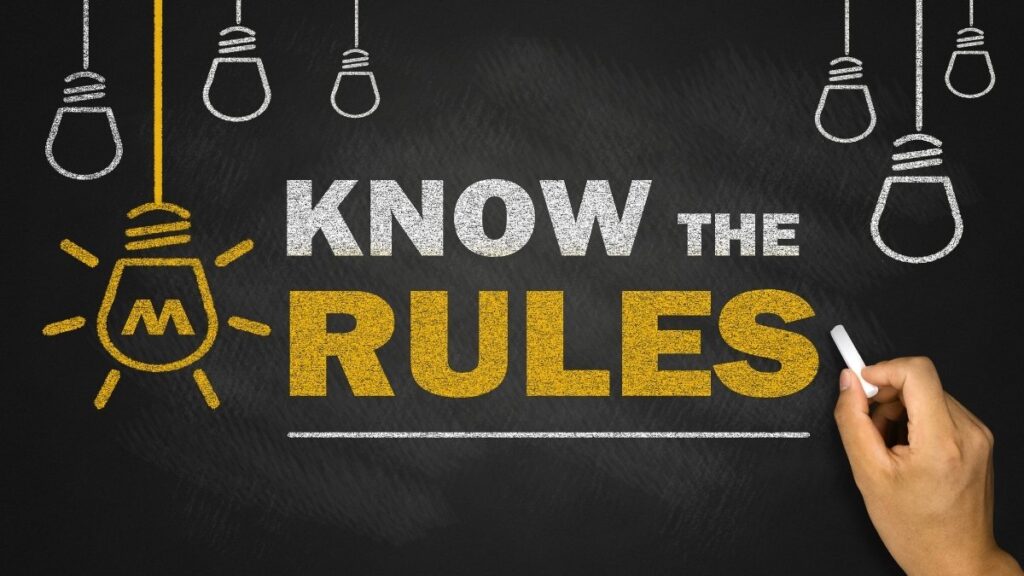
Needs are things you must have: rent, utilities, groceries, insurance, minimum loan payments, and basic transportation. Wants are everything else: restaurants, Netflix, concerts, new clothes, and that expensive gym membership.
💡 Money Tip: On $4,000 monthly take-home pay, you get $2,000 for needs, $1,200 for wants, and $800 for savings and extra debt payments. Simple. Clear. No spreadsheet needed.
Only 43% of Americans spend less than they earn. That means most people are going backward every month. They’re adding to credit cards or draining savings just to maintain their lifestyle.
The 50/30/20 rule scales with your income. Make $3,000 per month? Same percentages. Make $10,000? Same percentages. As you earn more, you save more.
💡 Pro Tip: Automate the 20% savings. Set up an automatic transfer on payday. The money disappears before you can spend it. You’ll adjust your lifestyle to the remaining 80%.
Adjust the percentages if you need to. Living in an expensive city? Maybe it’s 60/20/20. Living with parents? Go 30/30/40. The principle matters more than perfect percentages.
Rule 6: Start Investing at 21, Not 31—The Decade That Costs $1M
Ten years doesn’t sound like much. You’ll barely notice it passing. But in investing, that decade is worth over $1 million.

Compound interest is your most powerful wealth-building tool. But it needs time to work. Lots of time. The longer your money sits invested, the more it grows—not just in dollars, but exponentially.
Let’s do the math that keeps financial advisors up at night.
💡 Money Tip: You invest $500 per month from age 21 to 65 at 8% returns. You end up with $2.3 million. Your friend waits until 31, then invests $500 per month until 65. Same return. They end up with $1.1 million. Starting 10 years earlier gave you an extra $1.2 million.
Here’s an even crazier example: Alex invests $5,000 per year from age 21 to 30, then stops completely. Jordan waits until 31 and invests $5,000 per year until 65. At 8% returns, Alex has more money at retirement despite investing $140,000 less.
Time in the market beats timing the market. You don’t need to find the perfect stock or buy at the perfect moment. You just need to start and keep going.
💡 Real Talk: Every year you wait costs you exponentially. Delay from 21 to 22? You lose about $50,000 by retirement. Delay from 21 to 25? You lose over $200,000. Each year matters more than the last.
Stop waiting for the “right time.” The right time was yesterday. The second best time is today.
Rule 7: Avoid Lifestyle Inflation—Bank Raises, Don’t Spend Them
You get a raise. You feel rich. You upgrade your apartment, lease a nicer car, and start eating out more. Six months later, you’re broke again.

This is lifestyle inflation. It’s also called lifestyle creep. As your income rises, your expenses rise to match it. You’re making more but saving the same amount—or less.
52% of Americans believe their income is growing slower than inflation. 40% of Gen Z expect to spend more in 2025 than in 2024. Everyone’s expenses keep climbing.
💡 Money Tip: Get a $10,000 raise and invest $8,000 of it every year for 30 years at 8% returns. That single raise becomes $80,000. Bank your raises and they multiply. Spend them and they disappear.
Rich people don’t spend every dollar they make. That’s how they got rich. They create a gap between earning and spending, then invest the difference.
When you get a raise, pretend you didn’t. Keep living on your old salary. Send the extra straight to investments. You were surviving fine before the raise. You’ll survive fine after it.
💡 Warning: “Keeping up with the Joneses” is expensive. Your friends buy new cars, take expensive trips, and wear designer clothes. Half of them are drowning in debt. The other half have rich parents. Don’t compete with people who are either faking it or playing with house money.
Lifestyle inflation is a silent wealth killer. You don’t notice it happening until you’re 35 and wondering why you have nothing saved despite making good money.
Rule 8: Use the 28/36 Rule for Home Buying
Banks will lend you way more than you should borrow. They’ll approve you for a mortgage that leaves you broke every month. Don’t fall for it.

The 28/36 rule keeps you safe. Spend no more than 28% of your gross monthly income on housing costs. Keep all debt payments under 36% of gross income combined.
Housing costs include everything: principal, interest, property taxes, and homeowners insurance (PITI). Car loans, student loans, credit cards, and personal loans make up the rest of your debt.
💡 Money Tip: You make $6,000 per month before taxes. Your maximum housing cost is $1,680. Your maximum total debt payments are $2,160. That includes the $1,680 for housing plus $480 for everything else.
Banks might approve you for more. Real estate agents will show you houses at the top of your budget. Ignore them. They make money when you spend money.
Being house-poor sucks. You own a nice house but can’t afford to do anything else. No vacations. No savings. One car repair away from credit card debt. That’s not wealth—that’s a fancy prison.
💡 Reality Check: Just because you can afford the payment doesn’t mean you can afford the house. Budget for maintenance (1% of home value per year), utilities, HOA fees, and furniture. These add up fast.
The 28/36 rule leaves room for actual wealth building. You can max out retirement accounts, build savings, and have emergency funds. You can breathe.
Rule 9: Pay Yourself First—Automate 15% Minimum
Most people save what’s left after spending. There’s never anything left.
Pay yourself first means the opposite. Before rent. Before bills. Before that new phone. Before anything. You save.
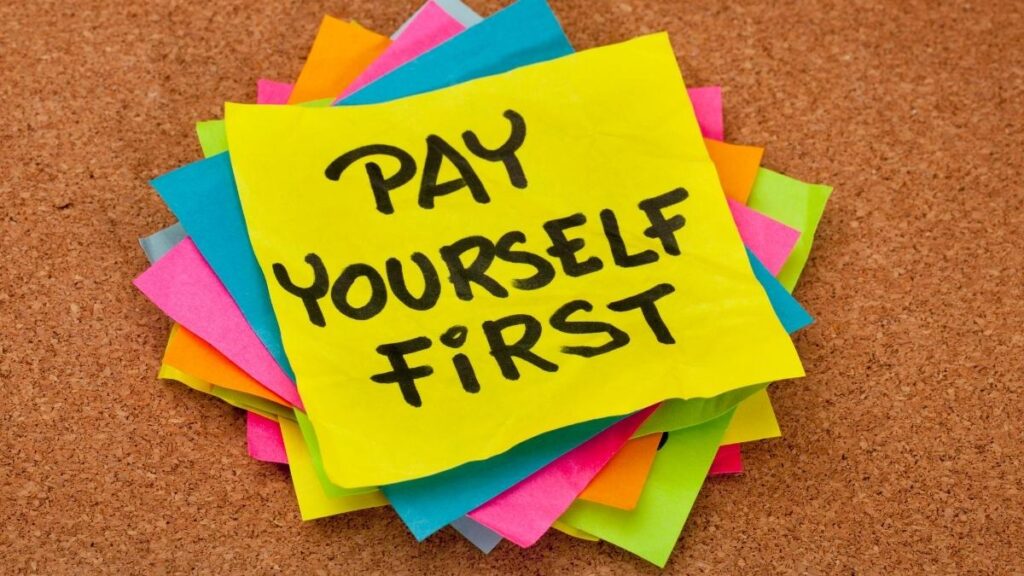
Take 15% of your income off the top. Send it straight to investments. Live on the remaining 85%. This one habit builds more wealth than almost anything else.
💡 Money Tip: Earn $50,000 per year? Automatically transfer $625 per month to your investment accounts on payday. That’s 15%. Do this for 30 years at 8% returns, and you have $930,000.
You can’t spend money you never see. Set up automatic transfers the day after payday. From checking to savings. From checking to 401(k). From checking to IRA. Make it automatic and forget about it.
Fidelity suggests saving 15% of pre-tax income for retirement, including your employer match. So if your employer gives you 5%, you only need to contribute 10% yourself to hit 15% total.
💡 Mindset Shift: Treat savings like a bill you can’t skip. You wouldn’t skip rent. Don’t skip paying your future self. Future you needs money just as much as your landlord does.
Start with whatever you can. Can’t do 15%? Start with 5%. Do that for three months. Then bump it to 6%. Keep increasing by 1% until you hit 15%. You’ll barely notice the difference.
The secret is consistency. Saving 15% every single month beats saving 30% some months and 0% other months.
Rule 10: Max Out Tax-Advantaged Accounts First
The government offers you legal ways to pay less tax. Most people ignore them.
Tax-advantaged accounts are retirement and health savings accounts with special tax treatment. Money grows faster in these accounts because you’re not getting hammered by taxes every year.
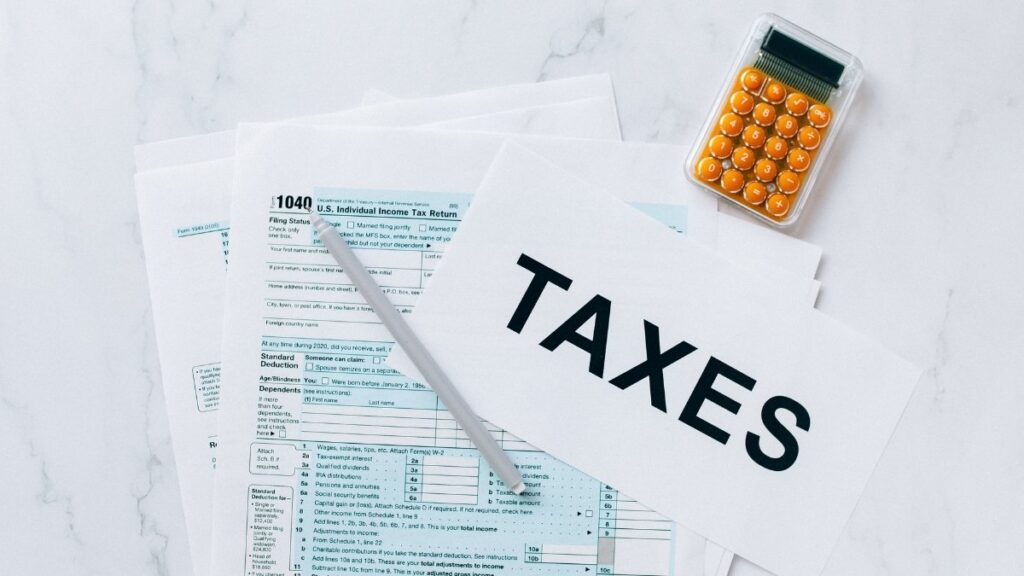
The 2025 contribution limit for 401(k)s is $23,500. Roth IRAs let you contribute $7,000 if you’re under 50. HSAs allow $4,300 for individuals. Use these.
💡 Money Tip: Invest $6,500 in a taxable brokerage account versus a Roth IRA. After 40 years at 8% returns, the taxable account (after paying capital gains tax) has about $112,000. The Roth has $141,000. Same investment, $29,000 more just because of the account type.
Here’s the order that makes sense: First, contribute enough to your 401(k) to get the full employer match. Free money comes first. Second, max out your Roth IRA. Third, go back and max out your 401(k). Fourth, if you have a high-deductible health plan, max out an HSA.
HSAs are triple tax-advantaged. You don’t pay tax going in. You don’t pay tax on growth. You don’t pay tax on withdrawals for medical expenses. After 65, you can use it for anything without penalty.
💡 Power Move: Traditional 401(k) contributions reduce your taxable income now. If you’re in the 22% tax bracket, every $1,000 you contribute saves you $220 in taxes. It’s like getting a 22% instant return.
Tax-advantaged accounts have rules and limits. Learn them. Use them. They’re the difference between retiring at 65 versus 70.
Rule 11: Diversify—Don’t Put All Eggs in One Basket
Your coworker made $10,000 on a meme stock. Your friend’s brother retired early from crypto. You want in.
Stop. That’s gambling, not investing.

Diversification means spreading your money across different investments. Different companies. Different industries. Different asset types. When one goes down, others might go up.
💡 Money Tip: A classic balanced portfolio is 60% stocks and 40% bonds. Historically, this returns 7-8% annually. It’s not sexy. It’s not exciting. It works.
Low-cost index funds give you instant diversification. One fund can hold hundreds or thousands of companies. You own a tiny piece of the entire market. When the market grows, you grow.
Don’t bet your future on one stock, even if you work there and love the company. Enron employees learned this the hard way. They had retirement accounts full of Enron stock. The company collapsed. They lost their jobs and their retirement savings.
💡 Simple Strategy: Invest in a total stock market index fund and a total bond market index fund. Adjust the mix based on your age. Young? Go heavier on stocks. Older? Add more bonds. Rebalance once a year.
Diversification reduces risk without sacrificing long-term returns. You might not get rich overnight. But you won’t go broke overnight either.
Rule 12: Credit Score is Currency—Guard It Fiercely
Your credit score is a three-digit number that follows you everywhere. It determines whether you get approved for loans, what interest rates you pay, and sometimes whether you get hired.
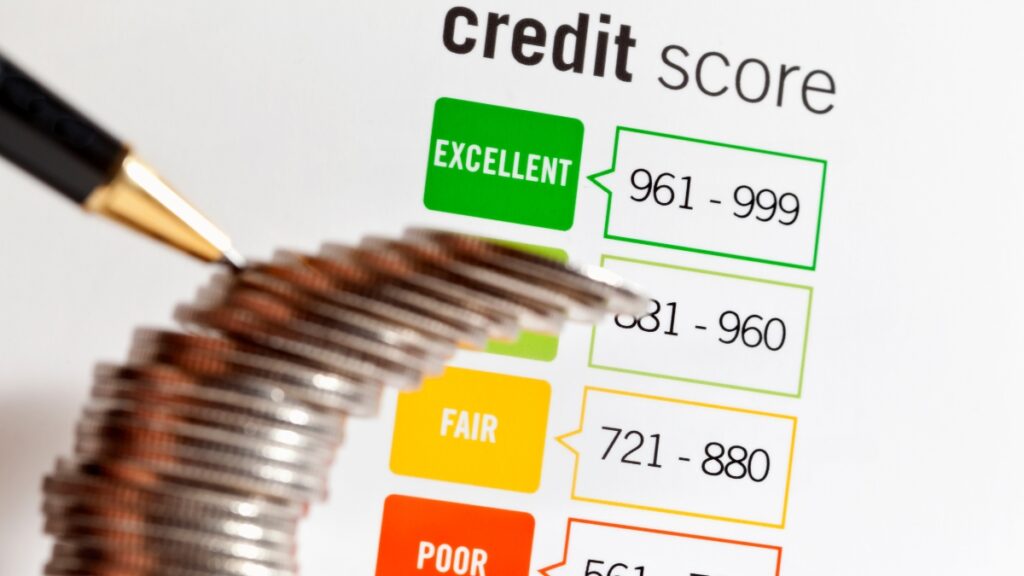
The average FICO score in 2025 sits at 715. That’s decent. Not great, not terrible. But the difference between decent and excellent credit costs you thousands.
Miss one credit card payment by more than 30 days? Your score can drop 100 points. That drop stays on your report for seven years.
💡 Money Tip: Get a $300,000 mortgage with a 720 credit score versus a 650 score. The difference in interest paid over 30 years is about $65,000. That’s a new car. That’s your kid’s college tuition. That’s your retirement fund.
Building good credit is simple: Pay everything on time. Keep credit card balances under 30% of your limit—preferably under 10%. Don’t close old credit cards, even if you don’t use them. Length of credit history matters.
Check your credit report once a year for free at AnnualCreditReport.com. Look for errors. Identity theft happens. Mistakes happen. Fix them before they cost you.
💡 Credit Hack: Set up automatic minimum payments on all credit cards. Then manually pay the full balance. You’ll never miss a payment. Your score stays protected.
Treat your credit score like it’s worth $100,000. Because over your lifetime, it is.
Rule 13: Understand Good Debt vs Bad Debt
Not all debt is evil. Some debt builds wealth. Other debt destroys it.
Good debt helps you earn more money or increases your net worth over time. Student loans for a nursing degree that leads to a $77,000 salary? Good debt. A mortgage on a house that appreciates while you live in it? Good debt. A business loan that generates revenue? Good debt.

Bad debt finances things that lose value or produce no income. Credit card debt from restaurants and concerts? Bad debt. An auto loan for a luxury SUV that drops 20% in value the moment you drive away? Bad debt. A personal loan for a vacation? Really bad debt.
💡 Money Tip: Take out $30,000 in student loans for a nursing degree with an average starting salary of $77,000. That’s an investment that pays returns for decades. Take out $30,000 for a car that’s worth $20,000 in three years. That’s just expensive.
Never finance consumables. Meals, clothes, vacations, and gadgets should be paid in cash. If you’re financing your lifestyle, you can’t afford your lifestyle.
Here’s a harsh rule that works: If you can’t afford to buy something twice, you can’t afford it once. Want a $1,000 phone? You should have $2,000 saved. This forces you to only buy things you can actually afford.
💡 Reality Check: Student loans can be good debt, but only if the degree pays off. $100,000 in loans for a job that pays $35,000 per year is bad math. Research career salaries before you borrow.
Good debt is temporary and strategic. Bad debt is permanent and emotional.
Rule 14: Learn Financial Literacy—It’s Not Taught in School
School taught you the quadratic formula. You’ve never used it. School didn’t teach you how compound interest works or what a 401(k) is. You use those concepts every single day.

Financial literacy is understanding how money works. How to earn it, save it, invest it, and protect it. This knowledge compounds just like money does.
Most Americans are financially illiterate. They don’t understand interest rates. They don’t know the difference between good and bad debt. They can’t explain what a stock is. Then they wonder why they’re broke.
💡 Money Tip: Read one personal finance book per quarter. That’s four books a year. By age 31, you’ll have read 40 books on money. You’ll know more than 95% of people. That knowledge prevents costly mistakes and identifies opportunities others miss.
Your financial well-being affects your actual well-being. Money stress impacts your health, relationships, and mental state. Learning about money reduces that stress.
Start with the basics: budgeting, credit scores, compound interest, and taxes. Then move to investing, real estate, business, and advanced strategies. Build your knowledge the same way you build your wealth—slowly and consistently.
💡 Learning Path: Follow credible personal finance blogs. Listen to podcasts during your commute. Take free courses online. Most important: apply what you learn. Knowledge without action is just entertainment.
Financial literacy is a lifelong practice. The economy changes. Tax laws change. Investment options change. Keep learning and you’ll keep winning.
Rule 15: Live Below Your Means—The Anti-Broke Secret
The secret to building wealth isn’t earning a million dollars. It’s spending less than you make. Sounds simple. Most people can’t do it.

You can’t save money if you’re spending everything or more than you make. The math doesn’t work. Wealth is built in the gap between earning and spending.
Wealthy people didn’t get rich by earning more than everyone else. They got rich by spending way less than they earned. Then they invested the difference.
💡 Money Tip: Live on 70% of your income and invest the other 30%. Over 35 years at 8% returns, that 30% gap becomes $1.2 million. Live on 100% of your income? You retire with whatever Social Security gives you.
Create margin in your finances. This margin is your safety net, your opportunity fund, and your wealth-building engine. No margin means one bad month destroys you.
Reject consumer culture. You don’t need the newest iPhone every year. You don’t need a luxury car to drive to work. You don’t need a $200 monthly shoe habit. Companies spend billions making you feel like you need things you don’t.
💡 Mindset Shift: Rich people ask “Can I afford this?” Poor people ask “Can I afford the monthly payment?” Monthly payments keep you broke forever.
Living below your means isn’t about being cheap. It’s about being intentional. Spend money on things that matter. Skip things that don’t. The difference builds wealth.
Rule 16: Invest in Your Earning Power—You’re Your Best Asset
Your income is your wealth-building tool. A better tool builds wealth faster.
The best investment you can make isn’t stocks or real estate. It’s yourself. Skills, knowledge, certifications, and connections all increase how much you can earn.

Learn skills that pay. Coding, design, copywriting, sales, digital marketing, project management—these skills are worth money. Companies pay top dollar for people who have them.
💡 Money Tip: Learn a high-demand skill that generates an extra $20,000 per year. Invest that extra income for 35 years at 8% returns. That skill is worth $1.7 million over your working life.
Side hustles and multiple income streams provide security. Lose your job? You still have income. Want to leave a bad situation? You have options. One income stream is risky. Three is safer.
Network strategically. Your network really is your net worth. The people you know create opportunities. They refer clients. They offer jobs. They partner with you. Invest time in building real relationships.
💡 Career Math: A 21-year-old earning $45,000 per year will earn about $2.5 million by retirement if income stays flat. But income doesn’t stay flat. Strategic skill development and career moves can double or triple lifetime earnings.
You are your own best investment. The returns are unlimited. The risk is minimal. The payoff lasts your entire life.
Rule 17: Set Financial Goals and Review Quarterly
People who write down specific financial goals do better financially than people who wing it. This isn’t motivational nonsense. This is data.

Having a comprehensive financial plan strongly correlates with financial success. Vague hopes don’t build wealth. Specific targets with deadlines do.
Write down exactly what you want. Not “save more money.” That’s useless. Write “$50,000 net worth by age 25.” Now you have a target you can measure and chase.
💡 Money Tip: Set milestone goals: $50,000 net worth by 25, $150,000 by 30, $500,000 by 40, $2 million by 55. Review progress every quarter. Adjust your strategies when you’re off track. Celebrate when you hit targets.
Review your finances every 90 days. Check your net worth. Look at your spending. Evaluate your investments. Course-correct before small problems become big ones.
Track your net worth monthly. Assets minus debts equals net worth. Watch this number climb over time. It’s addictive in a good way.
💡 Tracking System: Use a simple spreadsheet or an app like Mint or Personal Capital. List every account. Update it monthly. Seeing your progress motivates you to keep going.
Celebrate milestones. Hit your savings goal? Take yourself out for a nice dinner. Paid off a loan? Do something fun. Positive reinforcement works.
Financial goals without deadlines are just wishes. Wishes don’t build wealth. Plans do.
Your Next Move
These 17 rules aren’t complicated. You don’t need a finance degree. You don’t need to be a math genius. You just need to start.
Following these principles from age 21 could save you $250,000 through avoided debt, reduced interest payments, and smart compound growth. The difference between financial stress and financial freedom comes down to decisions you make in your twenties.
Small actions now create massive results later. Ten years from now, you’ll wish you started today. Twenty years from now, you’ll be glad you did.
Pick three rules from this list. Implement them this month. Set up your 401(k) to capture the employer match—that takes 5 minutes. Automate your emergency fund savings—another 5 minutes. Open a Roth IRA and set up automatic monthly contributions—maybe 30 minutes total.
Three rules. Three small actions. Your 40-year-old self will thank you.
The clock starts now.
